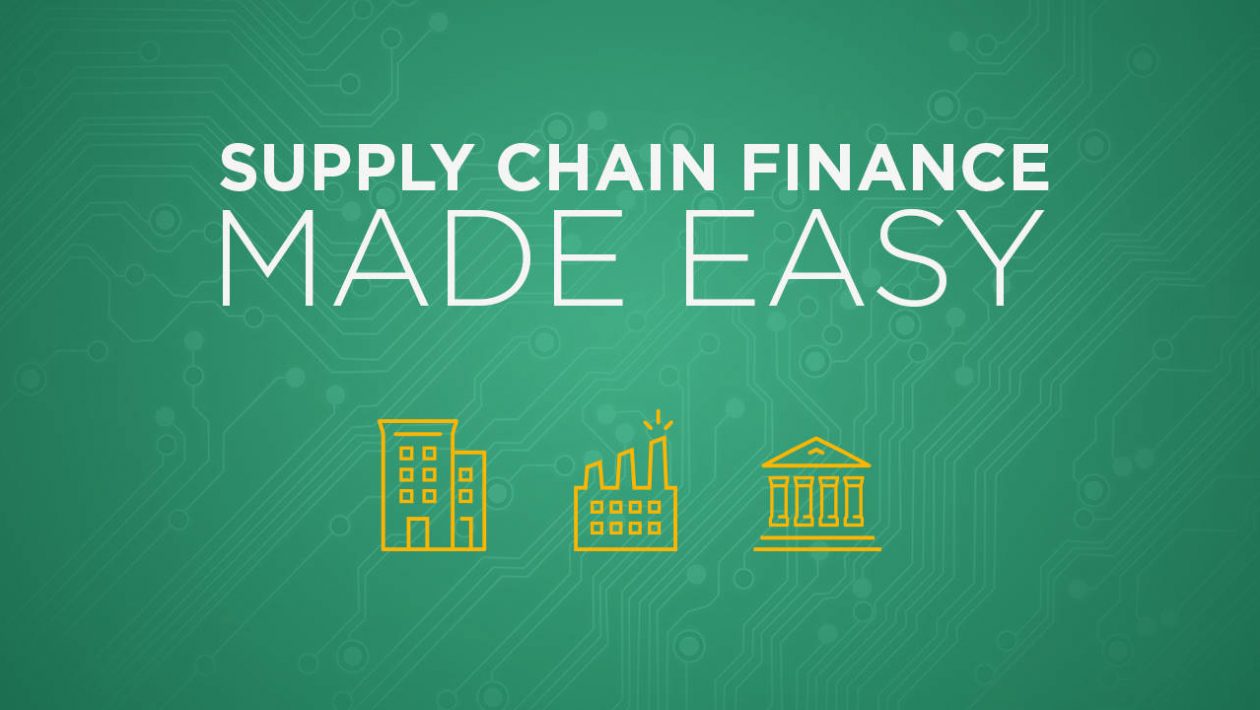Businesses use various modes of financing to collect funds for their overhead expenses. Small and medium enterprises in India suffer from a concurrent deficit of a strong financial base to operate. Very few companies enjoy a steady flow of revenue throughout the year. It can become harder for them to continue with the manufacturing process as the lack of fund prevents them from paying for necessities like raw materials, utility bills, salary, etc.
Therefore, a large number of small and medium businesses are looking at supply chain finance (SCF) to bridge this financial gap. Sufficient SCF combined with invoice discounting and factoring can aid a company to acquire the necessary funds to run without an issue.
What is Supply Chain Financing?
Supply chain financing is a relatively modern method that links a buyer, seller, and the financial institution to enable a faster and more efficient transaction. SCF can significantly improve a business’ efficiency and reduce costs. It can also provide short term credits to both buyer and seller to boost working capital.
What is Invoice Discounting?
Invoice discounting uses a company’s unpaid bills as collateral against an advance. It is a form of short-term financing that allows a greater cash flow for businesses.
What is Factoring?
Factoring is a process where a business allows a third party to handle its sales ledger, due payments, and settlement of invoices. It is preferred by companies that do not have a dedicated team to monitor their finances and prefer outsourcing the process of payment.
What is the difference between SCF, invoice discounting, and Factoring?
Multiple conditions vary between supply chain finance, invoice discounting and factoring. Let’s take a look.
1. Finance – Invoice discounting and factoring both depend on the unpaid due of a company for the amount of financing.
Usually, for invoice discounting, a business pledges the unpaid bills as collateral. The lender typically sanctions a smaller amount than what is on the invoice to the company. It is a good option for a small enterprise as the later receives funding instantly.
Factoring is when a business sells its accounts receivable to a third party. The company gets an amount against the accounts receivable. The financial institution receives outstanding due from the bills instead of the business.
Supply chain financing enables the bill payer to pay directly to the financial institution. It offers a company faster access to necessary funds and a buyer, more time to pay the due. SCF can also help with insights about supply chain management that every businessman should know.
Various financial institutions provide with supply chain financing in India. Lenders like Bajaj Finserv offer loans of up to Rs. 30 Lakh to mitigate a company’s economic issues.
2. Beneficiaries – Supply chain finance is ideal for small and medium scale enterprises as it provides with quicker access to funds and eliminates the hassle of handling finances. Also, companies don’t have to worry about repaying the debt as the financial institution receives the due amount directly from the borrowers.
Invoice discounting generally works better for companies that have a higher profit margin. This form of financing levies an interest which is relatively easier for larger companies to pay. Invoice discounting is common for high-profit businesses that require additional funding for their growth. B2B companies mostly prefer invoice discounting and factoring.
Factoring is preferred by medium scale businesses which can repay the debt within a small period. The recipient should also have a strong customer base; otherwise, it may affect the company’s turnover.
The primary difference among supply chain finance, invoice discounting, and factoring depends on the amount of funding and the type of enterprise benefiting from that advance. These modes of financing offer scope for growth to companies with their faster cash disbursement.











